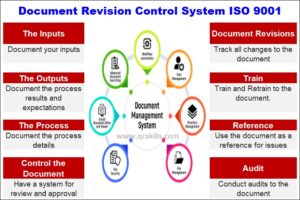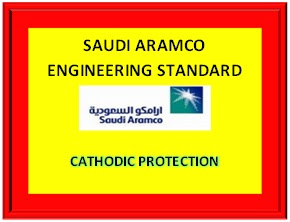
Familiarity with standard construction codes is essential for a QA/QC inspector to ensure compliance with quality and safety requirements. Here’s a guide to the most commonly used codes:
1. Concrete Works
- ACI (American Concrete Institute):
- ACI 318: Building Code Requirements for Structural Concrete
- ACI 301: Specifications for Structural Concrete
- ACI 305: Hot Weather Concreting
- ACI 306: Cold Weather Concreting
- ASTM (American Society for Testing and Materials):
- ASTM C33: Specifications for Aggregates
- ASTM C143: Standard Test Method for Slump of Fresh Concrete
- ASTM C39: Compressive Strength of Cylindrical Concrete Specimens
2. Steel Works
ASTM Standards:
- ASTM A615: Deformed and Plain Carbon-Steel Bars for Concrete Reinforcement
- ASTM A706: Low-Alloy Steel Reinforcement
- ASTM E8: Standard Test Methods for Tension Testing of Metallic Materials
BS (British Standards):
- BS 4449: Steel for Reinforcement of Concrete
3. Soil and Earthwork
ASTM Standards:
- ASTM D1557: Laboratory Compaction Characteristics of Soil
- ASTM D2487: Classification of Soils (Unified Soil Classification System)
- ASTM D6938: Standard Test Methods for Field Moisture and Density (Nuclear Gauge Test)
BS Standards:
- BS 1377: Methods of Test for Soils for Civil Engineering
4. Masonry Works
- ACI 530: Building Code Requirements for Masonry Structures
- ASTM C140: Standard Test Method for Masonry Units
- ASTM C270: Mortar for Unit Masonry
5. Asphalt and Road Works
ASTM Standards:
- ASTM D1559: Marshall Test for Asphalt
- ASTM D6927: Determining Stability and Flow of Asphalt Mixes
- BS EN Standards:
- BS EN 12697: Bituminous Mixtures
6. Structural Works
- BS 8110: Structural Use of Concrete
- BS EN 1992: Eurocode for Concrete Structures
7. General Standards
- ISO (International Organization for Standardization):
- ISO 9001: Quality Management Systems – Requirements
- ISO 14001: Environmental Management Systems
- Occupational Safety Standards:
- OSHA Standards: Occupational Safety and Health Administration guidelines.
- How to Use Codes Effectively:
- Study the Basics: Focus on specific sections relevant to your site activities.
- On-Site Application: Cross-check codes with construction drawings and material submittals.
- Testing References: Always verify testing methods and frequency against these codes.
- Keep Updates Handy: Codes are revised periodically; ensure you use the latest editions.
- A strong foundation in these codes ensures better inspection quality and compliance with project standards.






